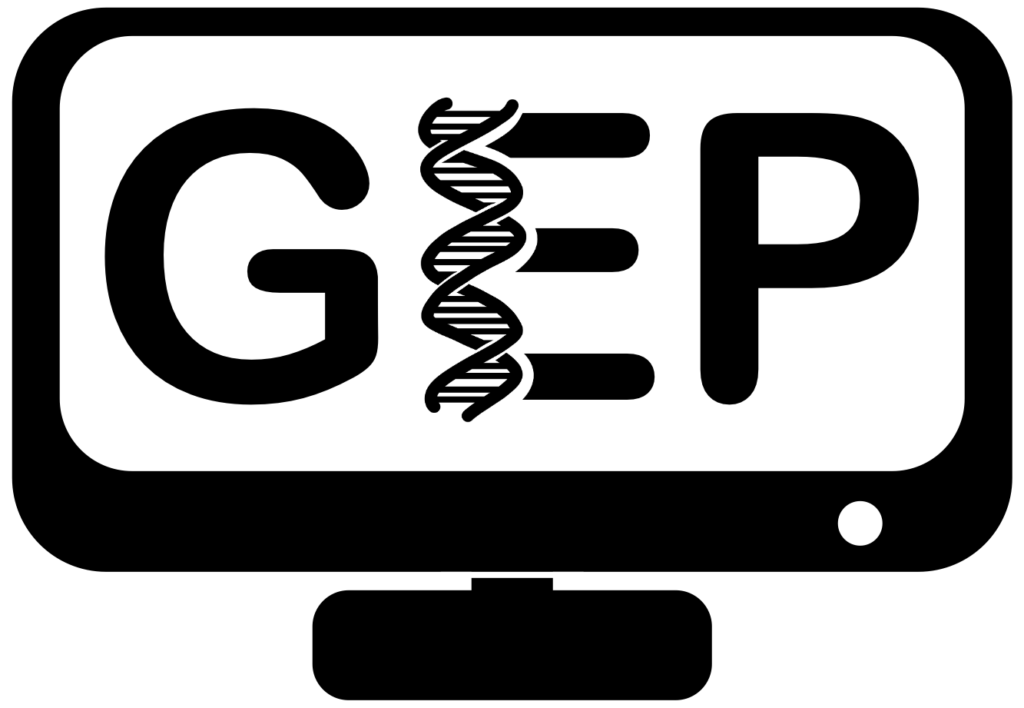Introduction to Motifs and Motif Finding
This document contains the notes from a lecture on motif finding given by Dr. Jeremy Buhler in the Bio 4342 course at WU. The lecture covers the different approaches used to represent sequence motifs and to search for sequence motifs in a genome.
